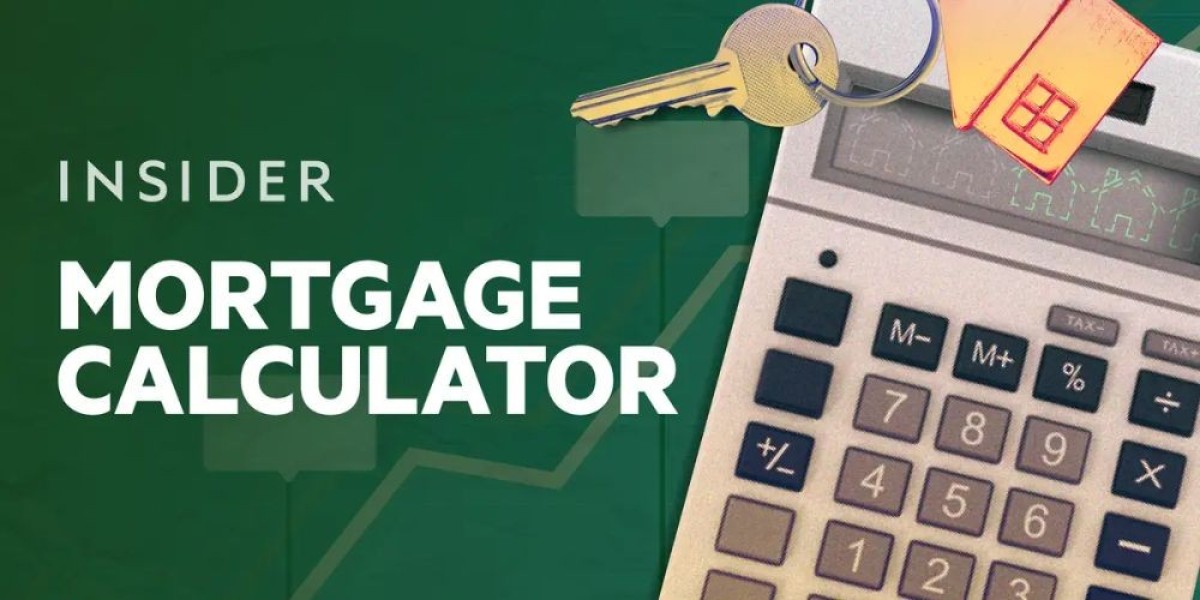Buying a home is one of life’s biggest milestones—but it also comes with decisions that can make or break your financial comfort. Among them, balloon payment mortgages are often misunderstood. They can be practical and cost-saving for some, but surprisingly risky for others. Before jumping into one, it’s important to understand how these payments work—and how you can calculate them instantly using a trusted Mortgage Calculator with Balloon Payment tool.
If you’ve ever felt that mortgage math looks like something from a high-school algebra nightmare, don’t worry. You’re not alone—and it’s much simpler once you see the logic behind it. Let’s break it down step by step, in plain, real-world terms.
Understanding Balloon Payments
A balloon payment is a large, one-time sum you pay at the end of a loan term. In a balloon mortgage, your monthly payments might be lower than with a traditional loan because you’re not paying off the entire balance over time—you’re only paying interest or partial principal. The remaining balance comes due in one lump sum at the end.
Think of it like leasing a car. You pay smaller amounts each month, enjoy the ride, but at the end, you either return it or pay off the remaining balance if you want to own it.
For example, imagine you take out a $250,000 mortgage with a 7-year balloon term and a 30-year amortization schedule. Your monthly payments are based on that 30-year period (so they’re lower), but after 7 years, you must pay off whatever remains—often tens of thousands of dollars at once.
Why Homebuyers Choose Balloon Mortgages
It may sound intimidating, but there are real-world reasons people go for balloon mortgages:
Lower Monthly Payments: The smaller monthly bills can free up cash for other life goals—kids’ education, home improvements, or savings.
Short-Term Plans: If you plan to sell your home before the balloon period ends, you might never have to make the big payment at all.
Income Growth Expectations: Some buyers expect their income to rise significantly before the balloon payment is due.
It’s a bit like taking a calculated risk—if you understand the timing and math behind it, it can be smart. But if you don’t, that final payment can come as a very unpleasant surprise.
The Formula Behind Balloon Payment Calculations
To really grasp how balloon payments are calculated, here’s the simple breakdown:
Balloon Payment = Loan Balance after the final regular payment
That balance depends on four factors:
Loan Amount (Principal)
Interest Rate (Annual Percentage Rate)
Loan Term (Total Years)
Balloon Term (When the balloon payment is due)
In a traditional 30-year mortgage, the principal reduces slowly as you pay monthly installments. But in a balloon mortgage, since the payment schedule is shorter, you’re left with a significant unpaid balance.
Let’s use an example to visualize:
Loan Amount: $300,000
Interest Rate: 6%
Loan Term: 30 years
Balloon Term: 7 years
When you plug these into a Mortgage Calculator with Balloon Payment, it’ll show your monthly payments and your balloon amount at year seven—often somewhere around $250,000 still owed.
How to Calculate Balloon Payments Instantly (Without Complicated Math)
You don’t need a finance degree—or a headache—to calculate your balloon mortgage details. All you really need is a reliable online calculator.
Here’s how to use one effectively:
Enter Your Loan Amount.
This is the total borrowed—say, $250,000.Add Your Interest Rate.
Even a small change (like from 5% to 6%) can affect your balloon payment dramatically.Input the Amortization Period.
This is usually 30 years, even if your balloon term is shorter.Enter the Balloon Term.
For example, if your balloon payment is due after 7 years, you’ll input 7.Click Calculate.
Instantly, the calculator will show you:Your monthly payment
Your total interest
The balloon amount due at the end of the term
It’s that simple—no spreadsheets, no manual formulas, just instant clarity.
A Quick Real-Life Example
Let’s say Maria and Leo are newlyweds buying their first home. They take a $200,000 balloon mortgage with a 5% rate, amortized over 30 years, due in 7 years.
Their monthly payment might be around $1,073.
But after seven years, they still owe roughly $175,000 as their balloon payment.
Now, that might sound like a shock—but Maria and Leo plan to sell the home before that time, using the equity growth to pay off the remaining balance. It’s a strategy that can work beautifully—if executed with foresight.
Benefits of Using a Balloon Payment Calculator
A calculator doesn’t just crunch numbers; it helps you see your financial story before it unfolds.
Here’s what makes it valuable:
Instant Results: It shows the full picture within seconds.
No Surprises: You can visualize your future balance and plan for it.
Flexible Planning: You can try different interest rates or terms to see what fits your comfort zone.
Peace of Mind: Knowing your exact balloon amount prevents “end-of-term shock.”
It’s like having a personal finance assistant that doesn’t charge by the hour.
Common Mistakes People Make with Balloon Mortgages
While balloon mortgages can be smart under certain circumstances, there are pitfalls to avoid:
Ignoring the Final Payment: Many borrowers focus only on the low monthly payment, forgetting they’ll owe a huge sum later.
Overestimating Future Income: Life changes—job shifts, family expenses, or economic downturns can affect your ability to pay later.
Not Planning an Exit Strategy: Always decide beforehand whether you’ll sell, refinance, or pay off the balance.
Skipping the Calculator Step: Without using a calculator, you’re essentially guessing—and guessing and mortgages never mix well.
Refinancing Options After a Balloon Payment
If you can’t pay the lump sum at the end, you’re not necessarily trapped. Refinancing is one of the most common solutions.
Here’s how refinancing can help:
It replaces your balloon mortgage with a new, traditional one.
You can stretch out payments again over 15 or 30 years.
If your credit has improved, you might even qualify for a lower rate.
However, refinancing depends on your financial standing at that point—credit score, home equity, and market conditions all matter.
Who Should Consider a Balloon Mortgage?
A balloon mortgage isn’t ideal for everyone. But under certain circumstances, it’s a clever move.
It might suit you if:
You plan to sell your property before the balloon term ends.
You expect a financial windfall—like an inheritance, business profit, or bonus.
You’re buying a temporary home or investment property.
Avoid it if:
You prefer long-term financial stability.
You’re unsure about your future income.
You’re already juggling multiple debts.
In short, balloon mortgages favor the strategic and disciplined—not the spontaneous.
Tips for Managing Balloon Mortgages Wisely
Plan Your Timeline Early: Set a reminder two years before the balloon payment is due to start exploring refinancing or selling options.
Keep an Emergency Fund: A safety cushion ensures you’re not forced into poor decisions if plans change.
Track Market Trends: Rising interest rates could make refinancing harder later, so stay informed.
Use a Calculator Regularly: Updating your figures annually keeps your financial picture accurate.
How a Calculator Helps Build Financial Confidence
Knowing the exact numbers isn’t just about data—it’s about emotional peace. Money anxiety often stems from uncertainty. But when you use a simple tool like a Mortgage Calculator with Balloon Payment, that uncertainty fades. You see what’s coming, you can plan, and you can take control of your future without the guesswork.
Confidence in finances doesn’t come from being wealthy—it comes from being aware.
Frequently Asked Questions (FAQs)
1. What happens if I can’t pay my balloon payment?
You have options. Many lenders allow refinancing or restructuring. The key is to act before the payment comes due—don’t wait until the final month.
2. Can I avoid balloon payments altogether?
Yes. If you prefer stability, a fixed-rate 30-year mortgage might be a better choice.
3. How do I find out my exact balloon amount?
Simply use the Mortgage Calculator with Balloon Payment tool. It calculates your exact balance and helps you prepare years in advance.
4. Are balloon mortgages bad?
Not inherently. They’re tools—helpful when used correctly, harmful when misunderstood.
A Thoughtful Final Word
A balloon mortgage can be either a stepping stone or a stumbling block—it all depends on how prepared you are. Whether you’re a first-time buyer or a seasoned investor, understanding how to calculate your balloon payment empowers you to make decisions confidently.
So before signing that dotted line, spend five minutes with a Mortgage Calculator with Balloon Payment. It’s the simplest way to see the truth behind your numbers—and to make sure your dream home never turns into a financial surprise.








